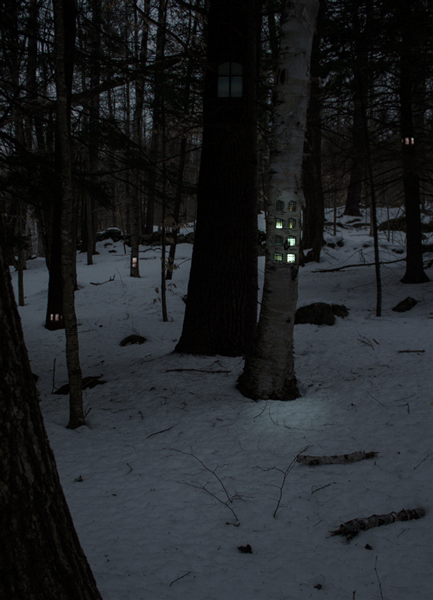I went to the opening night of ‘Ariadne auf Naxos’ and without reading about the libretto beforehand, I expected something that was stuffy, long-winded, and probably involved corsets or women dressed like this….

Boy was I wrong. What I saw on Thursday night more closely resembled this…

For those unfamiliar with the Greek mythology behind the Strauss opera, Ariadne was a human abandoned by Theseus on the island of Naxos, who spent her days bemoaning his loss and refusing all company except that of Death.
But contrary to my initial impression, this was not the only storyline. Â In fact, it served more as a story within a story.
In the prologue of the play, two troupes (a dramatic opera cast and a burlesque show) prepare to entertain a duke and his guests. Â However, amidst the hustle and bustle that comes before any performance, both troupes are informed that due to time constraints, they will no longer be performing one after another. Â Instead, the duke demands that they combine their arts into one cohesive performance.
What results and forms the bulk of the opera, is the tragic tale of lonely Ariadne on the desert tale of Naxos who is greeted by the funny and flirtacious Zerbinetta and her fellow comedians, who show Ariadne how to pick herself up, dust herself off, and start all over again when the Greek God Bacchus shows up.
The set design closely resembled 1920s Art Deco, with simple, clean lines and flashy costumes. Â Most of the men wore suits or tuxedos apart from the comedians, who donned bathing suits and flippers upon learning that they were going to a desert island.
Although every piece was eloquently executed (I was very impressed by the performer’s elocution with the German libretto) my favorite piece by far was Zerbinetta’s operatic version of ‘All the Single Ladies’ aka ‘Grossmachtige Prinzessin!’. Â In this rendition, Zerbinetta wore a glimmering red flapper dress and sang about how every time a new ‘god’ comes along in her life, she is dumbstruck. Â It wouldn’t be a burlesque show without a parade of tuxedo-ed men who each got their chance to dance with Zerbinetta before she changed her tune and moved on to the next one. Â This number made me realize just well-trained opera singers are. Â Apart from dancing and interacting with the other performers on stage, Zerbinetta made her laugh sound absolutely melodious, like a group of bells trilling underwater.
When I laugh, it either sounds like a horse or a dying moose. Â But never like bells trilling underwater.
I left the performance feeling like I had gotten my money’s worth and to top it off, I was handed a pamphlet for one of the performer’s senior recitals coming up in Kerrytown. Â This performance gave me every reason to see more great vocal performances and to continue my support for one of the oldest performing arts still in business.
Go opera!
)
Image credits: http://wodumedia.com/chicago-2002/catherine-zeta-jones-in-miramaxs-chicago-2002/ and http://www.music.umich.edu/ContainerBridge.php?path=%2Ffmi%2Fxml%2Fcnt%2Fdata.jpg%3F-db%3DRecital_Form%26amp%3B-lay%3DCOE_Fall_2008_Layout%26amp%3B-recid%3D7499%26amp%3B-field%3Dimage(1)






)
